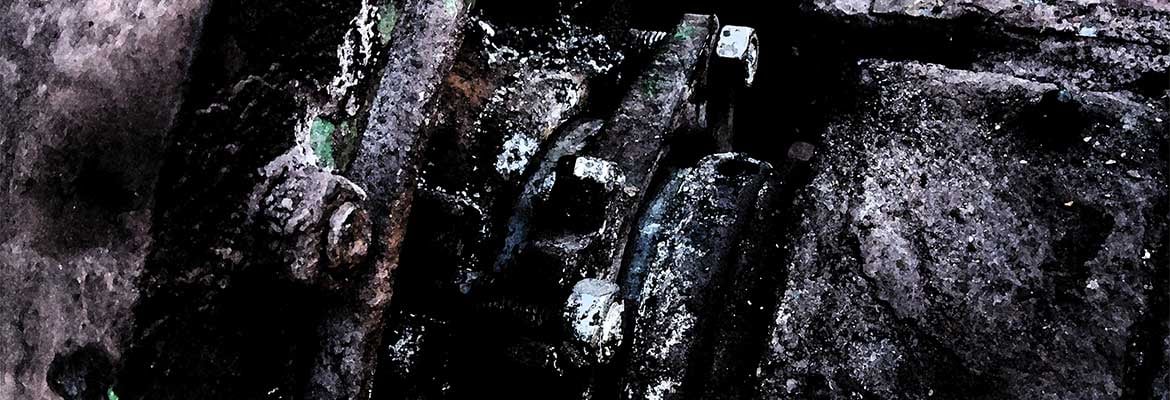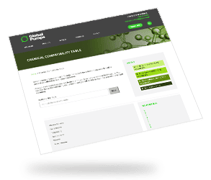Pump failure can result in significant downtime and costly repair and damage, therefore understanding the cause of your pump’s failure will reduce the chances of it occurring.
Global Pumps have over 40 years’ experience working with maintenance personnel, troubleshooting a wide range of pumping applications. Whether you are responsible for maintenance and repair on a mine site, or head of operations at a food manufacturer, Global Pumps have knowledge and experience to help.

In this blog, we sit down with our workshop and cover off the four top reasons your pump may be failing:
Cavitation
Cavitation occurs because of insufficient pressure at the suction end of the pump, or where the Net Positive Suction Head Available (NPSHa) is causing the liquid in the pump to turn into a vapour at low pressure. At these low pressures, air bubbles are created which implode as the liquid moves from the suction side of the impeller through to delivery. This air bubble implosion generates a shockwave that stresses the pumps’ internal surfaces, which creates vibrations and mechanical damage, and can result in the pump failing.
When cavitation occurs, it can cause pitting and fractures within the impeller, volutes and casing, which weaken the metal and increase the resistance to flow. Ultimately, it reduces the pump’s efficiency and can decrease the service life of crucial parts like the shaft and motor.
Avoiding cavitation issues before they start
You can avoid cavitation during the design stage, by ensuring the chosen pump has sufficient NPSHa so the liquid remains above the vapour pressure.
During this selection process, the NPSH should be calculated for each application, as different liquids have differing vapour pressures.
Corrosion
Corrosion occurs because of the chemical reaction between the pump materials and the fluid being pumped. The reaction can cause uniform corrosion of the wet surfaces, which occurs when pumps are constructed from non-stainless steel materials - or localised corrosion of a small portion of components - which commonly occurs on metals that form oxide layers that adhere to and passivate the surface.
When corrosion does occur, the pump’s performance and efficiency is most effected, which increases the need for maintenance and the chances of downtime. If left untreated, in extreme cases, it can lead to complete pump failure. When corrosion does occur, it can cause leakage, which poses a risk to personnel operating the pump.
Avoiding corrosion in your pump
When it comes to avoiding corrosion, it comes down to selecting a pump which is manufactured from chemically compatible materials. Chemical compatibility resources can indicate which materials are suitable for which chemicals. These can include polypropylene, 316 stainless steel and PVDF.
Therefore, to avoid corrosion in your pump it is critical you select the appropriate material of construction.
Determine the compatibility of your materials with Global Pumps' handy Chemical Compatibility tool.
Fouling
When a particulate matter adheres to the pump’s internal surface, it is called fouling. This most commonly occurs in the distribution channels connected to the intake or outflow. When fouling occurs, the pump’s efficiency and flow capacity is decreased and may lead to complete failure.
To avoid fouling, various cleaning methods can be used to maintain the pump’s performance and improve efficiency and capacity.
General wear
As with all equipment, wear is inevitable when running a pump. However, there are a number of factors that can cause excessive wear and can speed up the deterioration of the pump.
The particulate matter described as fouling can lead to increases in the pace of wear on the pump. They scour the pump’s interior surfaces, which subsequently roughens them, and reduces the pumping efficiency. Wear can also be caused by an improperly sized pump, which causes an imbalance of pressure and puts undue stress on the bearings and seals - including turbulence, fluid velocity, deterioration of wear rings, erosion and corrosion.
To slow down the wear rate of your pump, Global Pumps suggest ensuring the pump size and materials are suitable for the application, and regular maintenance is carried out.
Do you have specific questions or concerns about your current pumping system? Would you like some expert advice on maintenance and servicing? Get in touch with Global Pumps! Our team of experts understand how critical your pumping system is - and can advise of best practice, scheduled maintenance and servicing, or can arrange for a site visit.


